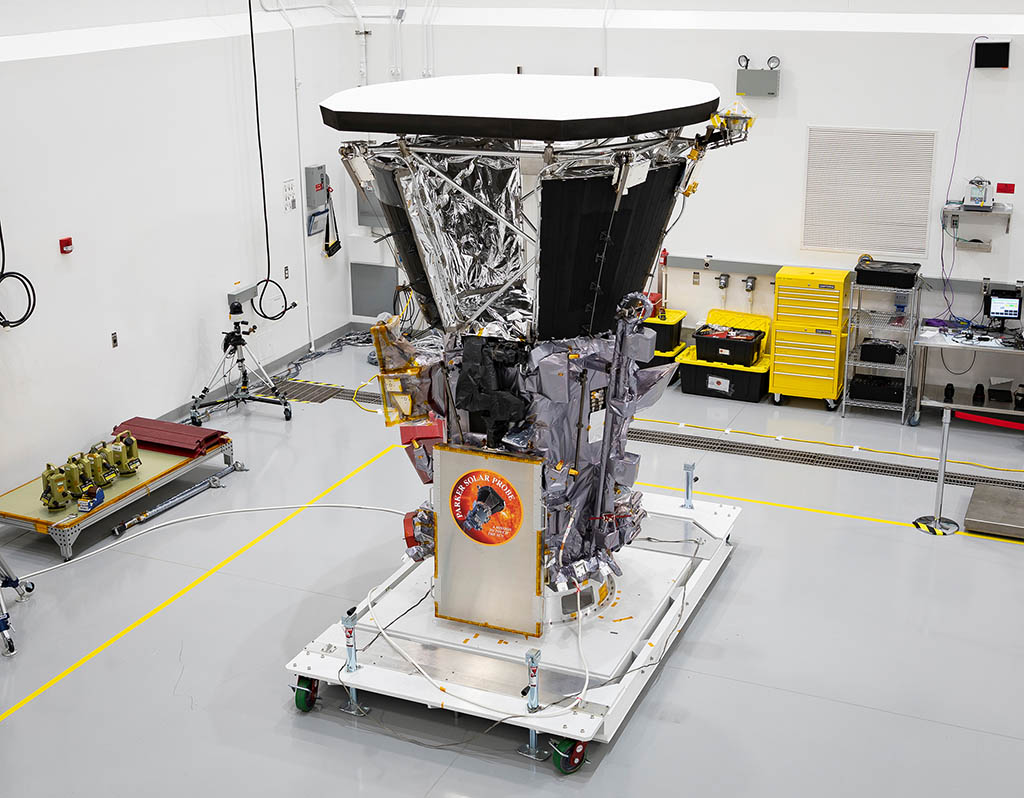A Sun-skimming mission like Parker Solar Probe has been a dream of scientists for decades, but only recently has the needed technology – like the heat shield, solar array cooling system, and fault management system – been available to make such a mission a reality. (NASA/Johns Hopkins APL/Ed Whitman)
Home A Sun-skimming mission like Parker Solar Probe has been a dream of scientists for decades, but only recently has the needed technology – like the heat shield, solar array cooling system, and fault management system – been available to make such a mission a reality. (NASA/Johns Hopkins APL/Ed Whitman) A Sun-skimming mission like Parker Solar Probe has been a dream of scientists for decades, but only recently has the needed technology – like the heat shield, solar array cooling system, and fault management system – been available to make such a mission a reality. (NASA/Johns Hopkins APL/Ed Whitman)
A Sun-skimming mission like Parker Solar Probe has been a dream of scientists for decades, but only recently has the needed technology – like the heat shield, solar array cooling system, and fault management system – been available to make such a mission a reality. (NASA/Johns Hopkins APL/Ed Whitman)




